Why the reconstruction of the Berliner Schloss divides opinion
More than 30 years after reunification, Germans are still struggling to decide if there are any aspects of their imperial past they can be proud of. William Cook explains

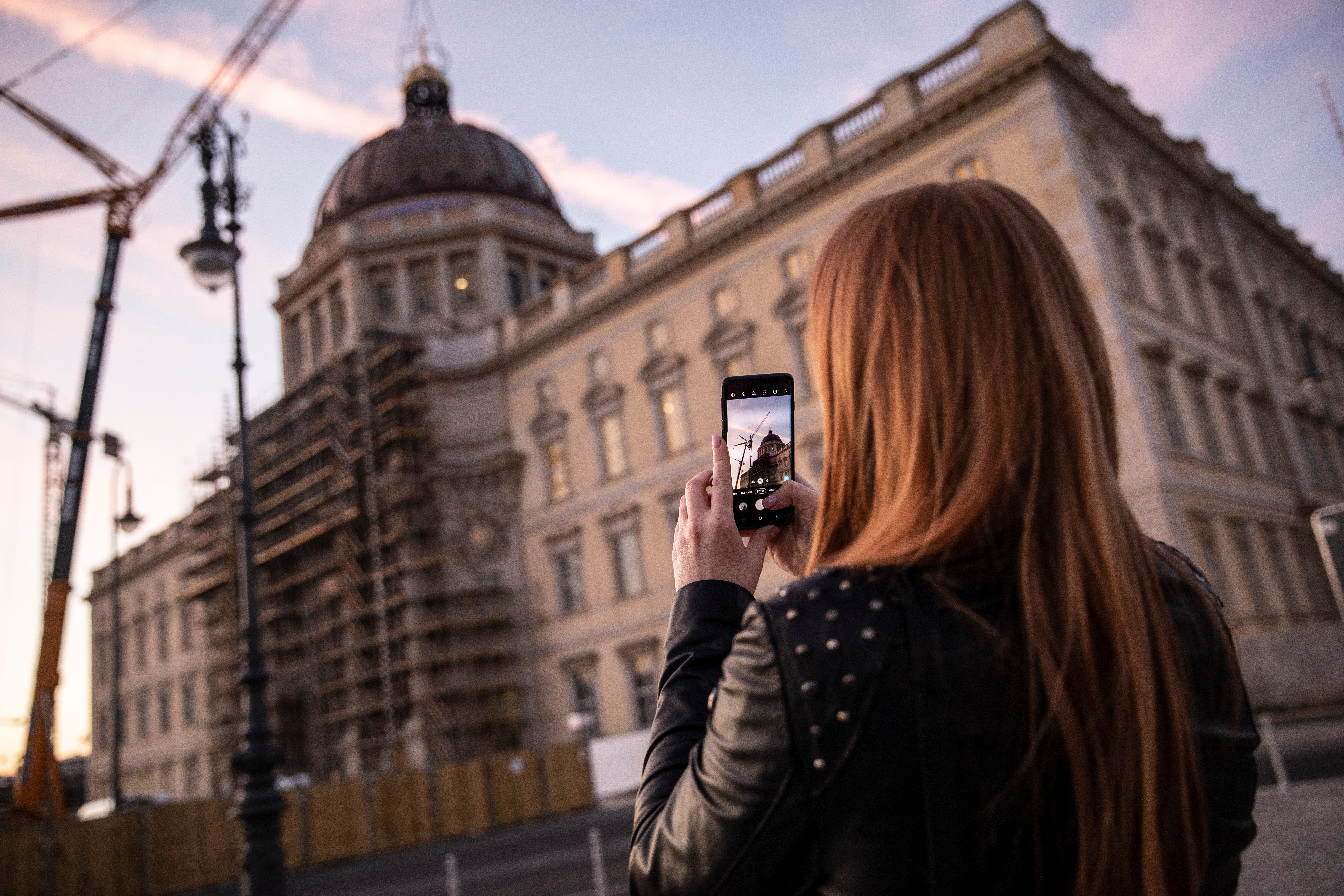
In the centre of Berlin, in the middle of Museum Island, there’s a building that sums up the strange history of this Faustian metropolis. From a distance the Berliner Schloss looks ancient, a landmark that’s stood here for centuries, but when you take a closer look you start to suspect that something’s not quite right. Sure enough, as soon as you step inside the architectural style shifts abruptly, from baroque to modernism, and you realise this monumental structure is really an elaborate fake.
The reconstruction of the Berliner Schloss is a project that’s divided popular opinion here in Germany. Some Germans see it as a rightful restoration of the city’s historic heritage. Others regard it as an unwelcome reminder of an imperialist era that’s best forgotten. As a German citizen (and a frequent visitor to Berlin), personally I think it’s fabulous, but I can see why lots of Germans regard it as nostalgic kitsch.
So why has this building become the focus for such fierce debate? The answer to that question reveals a deep, enduring fissure in German society, between those who consider German reunification a triumph and those who consider it a mixed blessing, between those who see Hitler’s Third Reich as a freakish aberration and those who see it as a consequence of Bismarck’s Second Reich. More than 30 years since the Berlin Wall came down, and Germany was reunited, Germans are still struggling to decide if there are any aspects of their imperial past of which they can feel truly proud.
The original Berliner Schloss was built by Berlin’s Prussian rulers, the Hohenzollerns, in the 15th century. Back then, Prussia was a mere duchy, an obscure backwater on the eastern edge of Europe, but in 1701 Prussia became a kingdom and the Hohenzollern dynasty took off. When Germany became a nation, in 1871, the Hohenzollern kings became Kaisers, rulers of the whole of Germany, and Berlin became the capital of the German Reich.
In 1914, Germany plunged headlong into the First World War, and when Germany was defeated, in 1918, a socialist republic was proclaimed from the balcony of the Berliner Schloss. Kaiser Wilhelm II abdicated and fled to Holland, and under the liberal regime that replaced him, known as the Weimar Republic, this Schloss became an exhibition space. For liberals this seemed like a new beginning, but in 1933, after just 15 years, the Weimar Republic came tumbling down, ousted by Hitler’s Third Reich. Under Hitler the Schloss remained largely empty, rendered obsolete by a dictatorship which had vanquished monarchy and democracy alike.
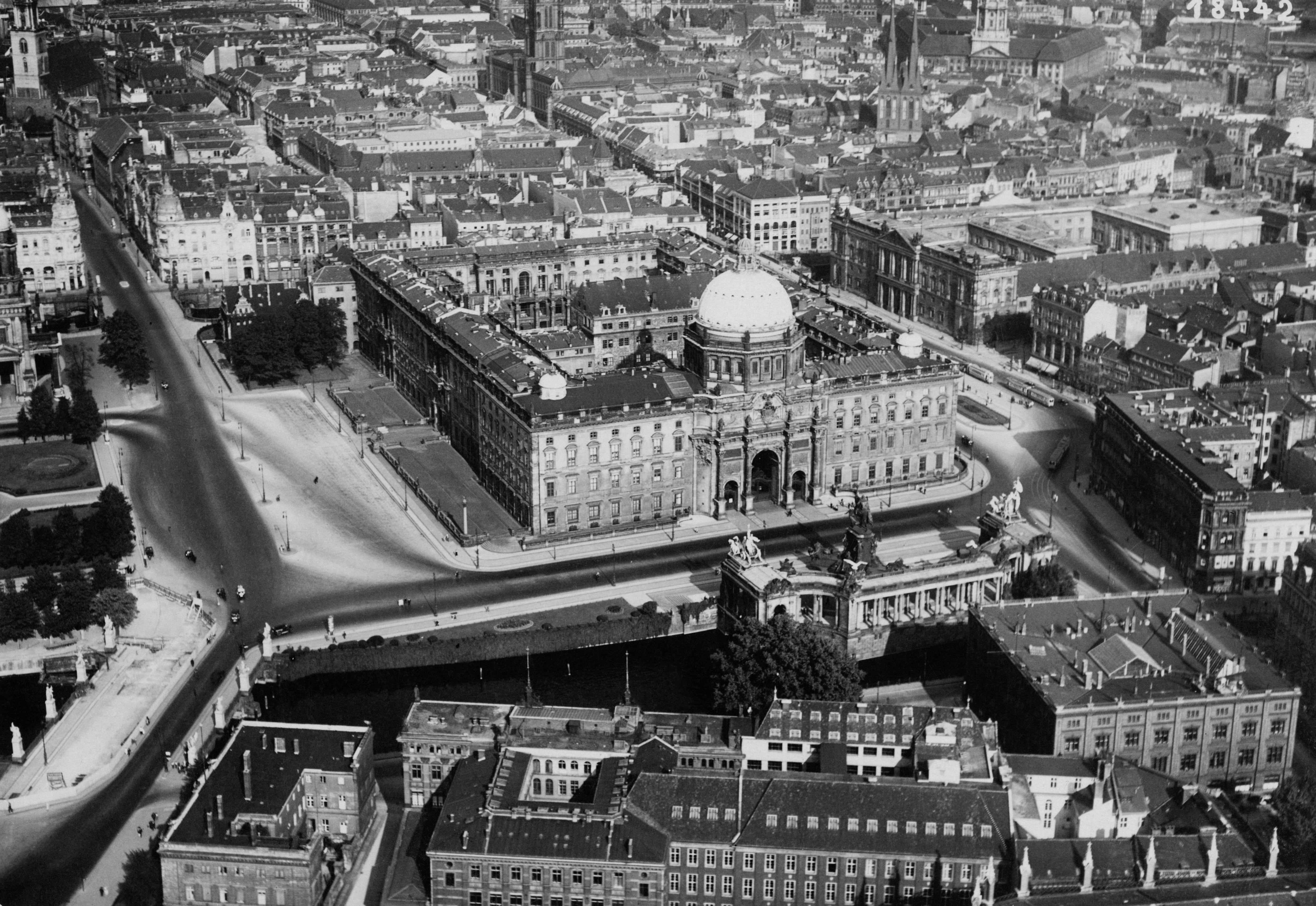
The Schloss suffered some damage during the Allied bombardments of the Second World War but compared to most of the buildings that surrounded it, it actually got off fairly lightly. It could have been restored, but when Berlin (and Germany) was divided between the Russians and the western Allies, the Berliner Schloss ended up in the Soviet sector, and in 1950 East Germany’s new communist government decided to demolish it.
Today it seems absurd that the East Germans should have set about demolishing this enormous building when most of East Berlin (and much of East Germany) lay in ruins, but this destructive fervour was entirely in tune with the spirit of the times. The Schloss was one of Germany’s finest baroque buildings, a site of immense architectural and historical significance, but for East Germany’s Stalinist rulers, this was all the more reason to get rid of it. For them, this was “Stunde Null” (Zero Hour), a new beginning. They wanted to sweep away the past, and rebuild Germany anew.
In a land whose heroes have often been divisive figures, the Humboldt brothers are two men whom most Germans, East and West, can agree to admire
In its place, the communists built the Palast der Republik (Palace of the Republic), a modernist building which doubled as a cultural and administrative centre. Just like the Schloss, which had stood here before, German attitudes towards this new building were intensely subjective. For West Germans it was the embodiment of a tyrannical regime, a place where East Germany’s puppet parliament met to rubber-stamp countless cruel, repressive measures (including the ruling that any East German trying to cross the border into West Germany should be shot on sight).
Among East Germans, attitudes towards this “Palace of the Republic” were more mixed. For East Germans who were unhappy with the regime it was an icon of oppression, but for more compliant East Germans it was simply somewhere to meet up for a drink or a dance or see a show. Sure, all of these state-sanctioned entertainments were strictly monitored by the Stasi, East Germany’s secret police, but in the brutalist wasteland of East Berlin, at least it was somewhere you could have some fun.
When I first came to Berlin, a few months after reunification, the Palast der Republik was still up and running. For foreign visitors it was fascinating, one of the few surviving remnants of a redundant state that had already receded into history. Capitalism was rejuvenating East Berlin, but it was eradicating its old identity. Here in the Palace of the Republic, the clunky aesthetic of that era had been preserved. It felt both futuristic and old-fashioned, like the setting for a Cold War thriller. Festooned with chintzy lights, you could see why East Germans used to call it “Eric’s Lampladen” – Eric’s lamp shop – after East German leader Erich Honecker (but only in hushed whispers; in the East German “Democratic” Republic such harmless quips were considered treasonous).
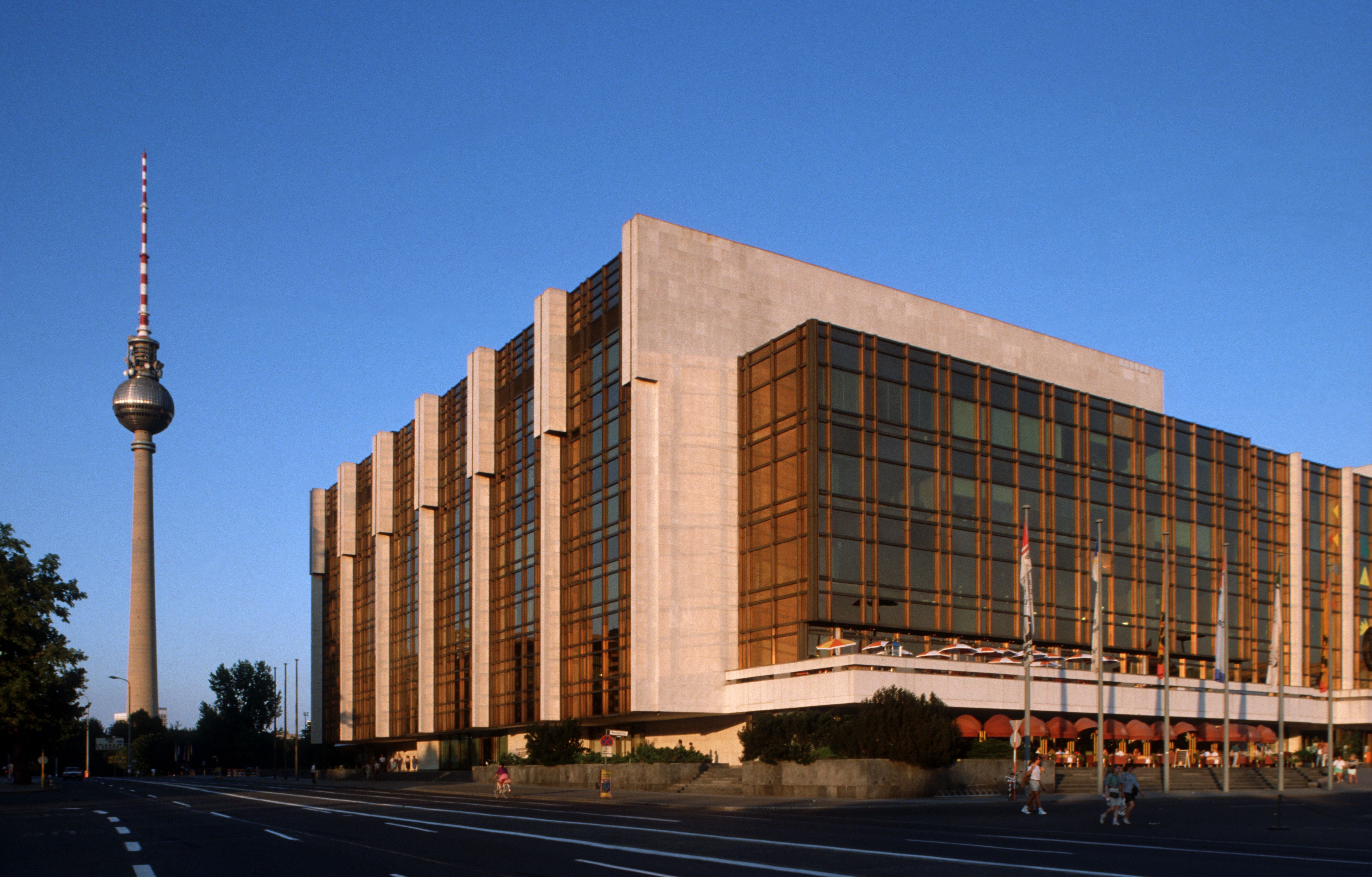
I presumed the Palace of the Republic would be retained in some capacity, probably as some sort of cultural centre. Like the Schloss that stood here before it, it was part of Berlin’s history. However the West Germans were now in charge, and they soon discovered that this iconic building was riddled with asbestos. It was closed to the public (pending renovation, I assumed) but then word got around that it would be demolished.
It’s hard to imagine a richer irony. The West Germans were doing to the Palast der Republik what the East Germans had done to the Schloss that stood here before it – demolishing a building which they regarded as ideologically unsound. It was true that the Palast der Republik was full of perilous asbestos, and to remove it all would have been ruinously expensive, but there were still plenty of Berliners who wished it could have been saved. I thought the building was an eyesore, but I still felt a bit uneasy when demolition began. The West Germans were supposed to be the liberators. To me this felt a bit too close to something the East Germans would have done.
When the Palast der Republik was dismantled, all that was left was a huge empty space, right in the middle of the city. So what to build there to replace it? At first nobody seemed quite sure. In the end, the scheme that got the go-ahead was in some ways the most surreal: a replica of the original Berliner Schloss that had been torn down half a century before.
Initially, it seemed to me that this scheme would remain a pipe dream. For a long while, the only thing there was a makeshift information centre on the vacant lot, run by enthusiasts collecting money to fund the baroque cladding for the new building (in an innovative public-private partnership, the construction was state-funded while the period decoration was funded by individual sponsors). However, this bizarre hybrid building is now complete, and open to the public, and the result is spectacular.
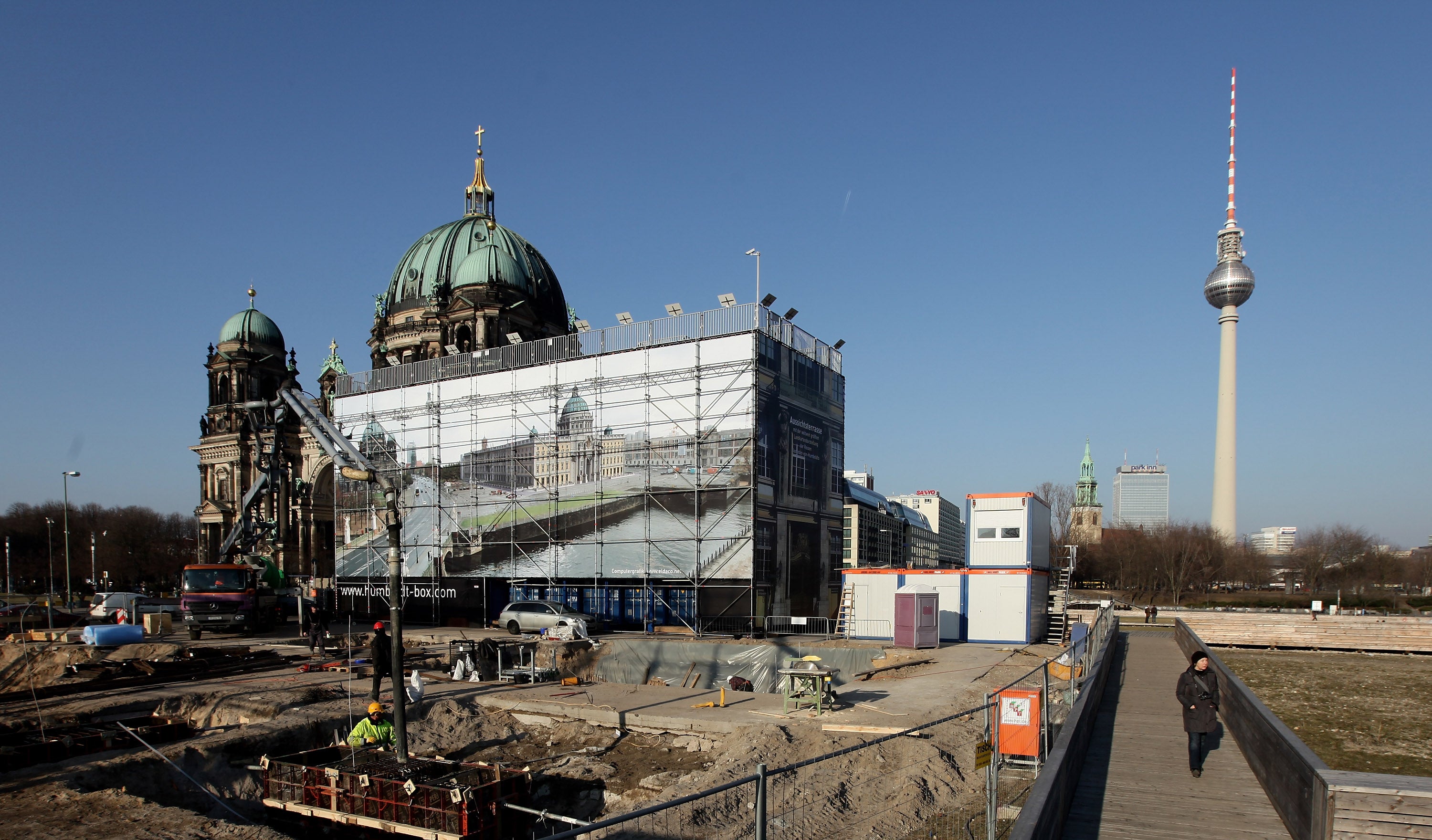
From the outside the new Schloss looks just the same, but it’s actually completely different. The structure is entirely modern. Only the outer shell is baroque, a faithful replica of the original. However the biggest difference is the content. The Hohenzollern monarchs who lived here for several centuries are conspicuous by their absence. There’s a permanent display about the history of the Berliner Schloss, and a parallel exhibition about the history of Berlin. However most of the interior, now renamed the Humboldt Forum, is given over to a collection of ethnological museums named in honour of Wilhelm and Alexander Humboldt.
In a land whose heroes have often been divisive figures, the Humboldt brothers are two men whom most Germans, East and West, can agree to admire. As two of the leading figures of the Enlightenment, they represent the nicer side of Prussian history. Wilhelm, born in 1767, was an innovative linguist. Alexander, born in 1769, was a groundbreaking anthropologist. The collections in the Humboldt Forum stem from his scientific explorations of the so-called developing world.
However, during the 20 years or so between the conception of this project and its completion, something in the wider world has shifted. Western museums can no longer display exhibits from “developing” countries without addressing challenging questions about their provenance. How did the museum acquire them? Were they plundered by western colonists? And is it still acceptable for western curators to have the final say in how they’re presented? This new awareness presents the Humboldt Forum with all sorts of headaches, but it’s also an opportunity. Ethnological collections rarely used to make the headlines – now they’re front-page news.

In a backstreet bar in Berlin I sit down for dinner with Hartmut Dorgerloh, director of the Humboldt Forum. Dr Dorgeloh grew up in the old East Germany. He’s too young to remember the old Berliner Schloss, but he has many fascinating memories of the Palast der Republik, the building that replaced it. He joined the protests outside it before the Berlin Wall came down. Over a hearty supper (and a couple of beers to wash it down) I ask him how he feels about the new museum.
“It’s not a museum, it’s a forum – it’s a platform for international debate,” says Dorgeloh. Indeed, the title of this institution isn’t merely a matter of semantics. It’s a space for fearless disagreement, about the role of the original Schloss, and the Palace of the Republic that replaced it – a place where such frank discussions never would have been allowed.
On the outside it’s still the Berliner Schloss, a symbol of Prussian pomp. On the inside it’s the Humboldt Forum, a place where all the cultures of the world collide
Like a lot of East Germans, for him the Palast der Republik was a meeting place, what Germans call a treffpunkt. It was warm and comfy, and the coffee was cheap, but that was only half the story. “You have to remember it was also the most prominent building of a dictatorship.”
Dorgeloh likens the new Berliner Schloss to a picture in a gilded frame. The frame is the baroque façade, but the picture within is a blank canvas. “Now we have to create a new picture.” That picture will take decades to emerge, and it’ll be a picture that keeps on changing, reflecting the city that surrounds it, the capital of a reunited Bundesrepublik.
Next morning, at the Humboldt Forum, I sit down with Dorgeloh again. As he explains, there’s been a big change in public attitudes to artefacts from countries outside Europe, what he calls a shift of emphasis from aesthetics to ethics. “The central interest for many visitors is learning more about how these collections were created, how these objects came to Berlin.” Modern visitors want to learn about the biographies of these objects, says Dorgeloh – how they were collected, or sometimes looted. Were they “ethically sourced”? Or is there a different tale to tell? In this respect, the Humboldt Forum feels revolutionary. “For Germany, it is something new.”
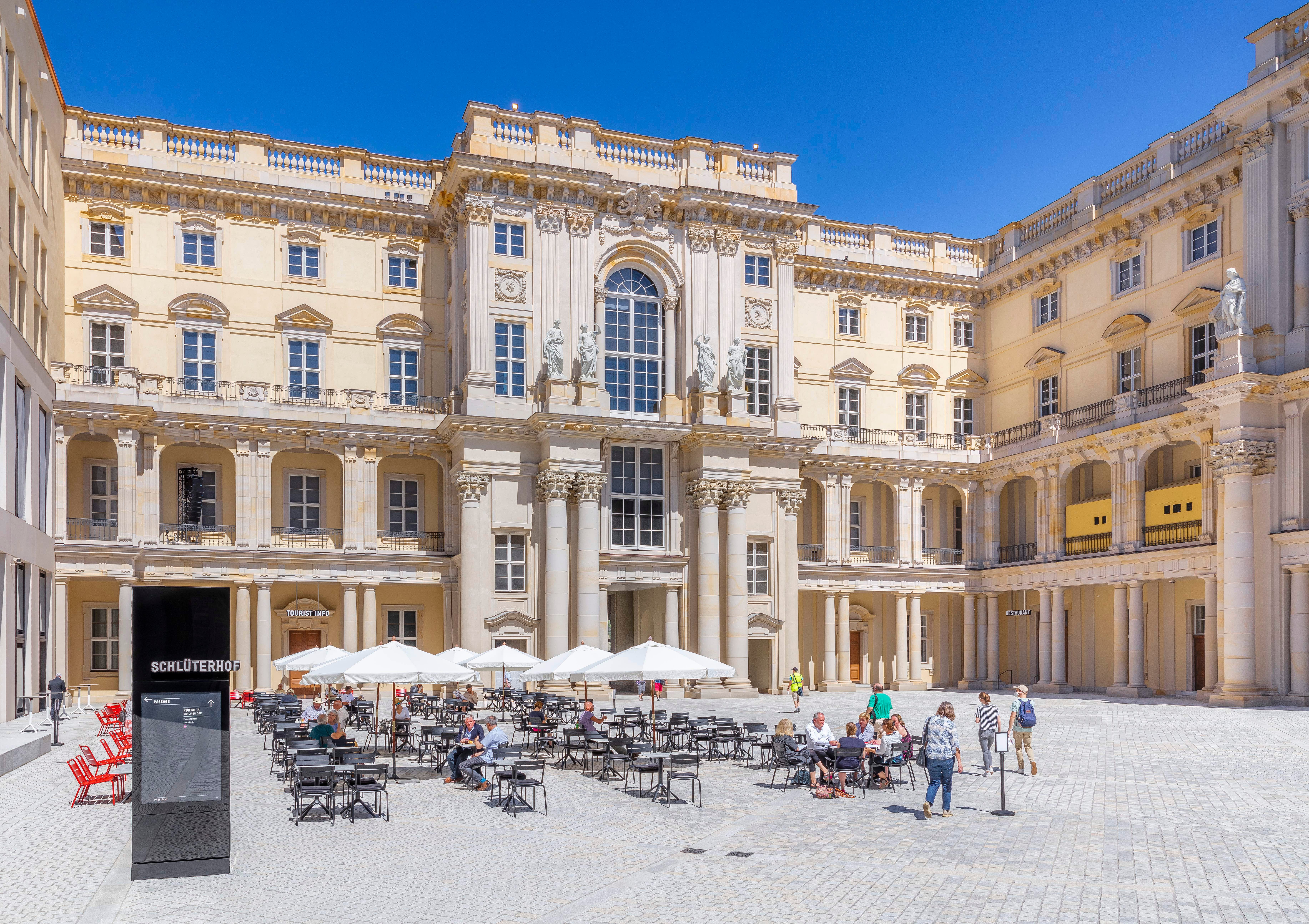
And during the 30 years that I’ve been coming to Berlin, Germany itself has changed. It’s now a multicultural country, something that’s reflected in every aspect of daily life, from street food to the make-up of the national football team. I’m one of millions of German citizens who were born outside Germany. Today’s Bundesrepublik feels a world away from the Germany of yesteryear. In many ways, it seems more like the United States.
And nowhere in Germany is this seachange more apparent than in Berlin. “The character of the city has changed completely. It’s much more international, it’s much more open-minded, and this is also a challenge for the traditional German population, because they have to find a new understanding of their own city, and also of their own history.”
I think I know what he means. After we say goodbye, I take the U-Bahn out to Wilmersdorf, in West Berlin, where my German grandparents used to live. Thirty years ago this felt like the city centre. Now it feels like a sleepy suburb. Berlin has migrated east, but the city hasn’t become more east European, it’s become more cosmopolitan. On the U-Bahn I sit next to a woman of African descent. She’s dressed in a Nationalmannschaft T shirt, the T shirt of the German national football team. She’s speaking German. Her children are speaking German. For the first time since the 1920s, Berlin is a Weltstadt, a world city, once more. Back then, the Berliner Schloss was an exhibition space. A lifetime later, it’s an exhibition space again.
That’s why this building is a perfect metaphor for modern Germany. On the outside it’s still the Berliner Schloss, a symbol of Prussian pomp. On the inside it’s the Humboldt Forum, a place where all the cultures of the world collide. Yet here in Berlin, things are never quite so neat and tidy. The past is always there to trip you up, with all its imperfections and complications.
Across the street from the brand new Berliner Schloss, sandwiched between two modern office blocks, is a slice of the original Schloss, preserved by the communists. Why did they save this piece? Why didn’t they tear it down, like all the rest? Because this was the balcony where Germany’s socialist republic was proclaimed, in 1918. This is the only piece of the old Berliner Schloss that has survived, the only bit that’s genuine, yet most of the sightseers outside the Humboldt Forum don’t even know it’s there.
For more information about the Humboldt Forum and the Berliner Schloss visit www.humboldtforum.org. For information about history and culture in Berlin visit www.visitberlin.de or www.germany.travel




Join our commenting forum
Join thought-provoking conversations, follow other Independent readers and see their replies
Comments